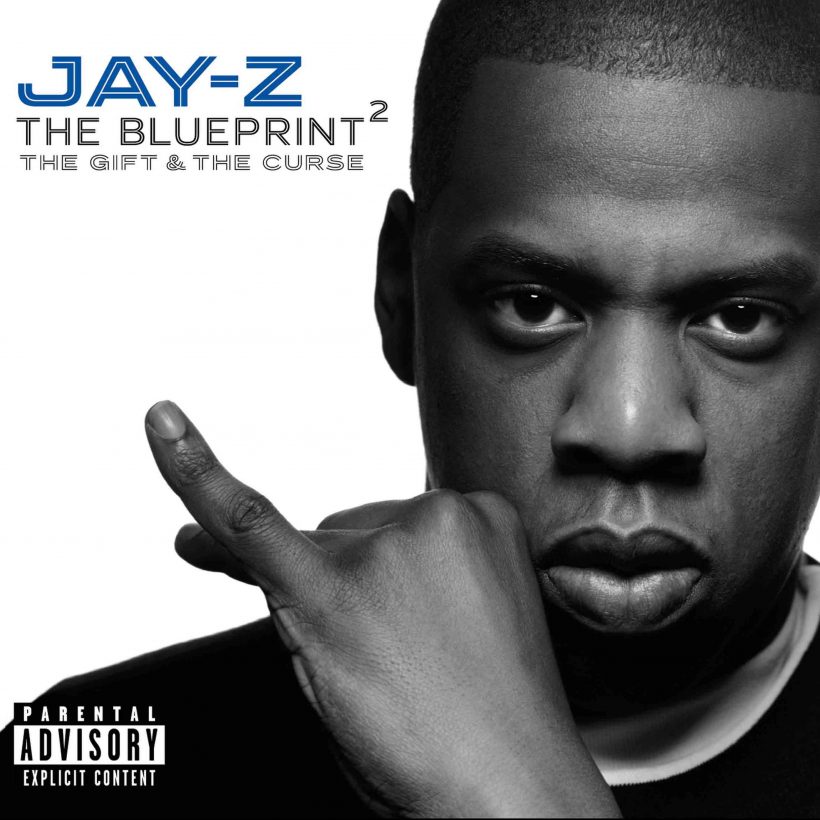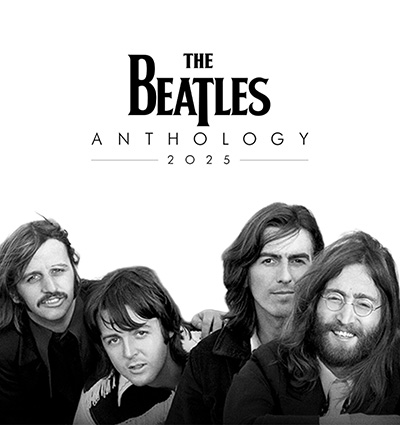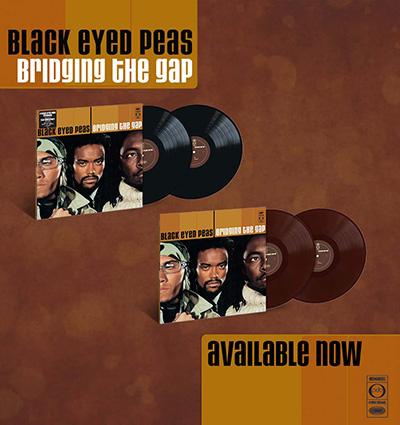JAY-Z’s ‘The Blueprint 2: The Gift & The Curse’ Shows Him In Uncharted Waters
A compelling document of a rapper who’s nearly peerless, in his own generation and in hip-hop’s history.

To understand The Blueprint 2: The Gift & the Curse, one should first know that JAY-Z isn’t particularly proud of it. On his 44th birthday, the Brooklyn-bred legend sat down and ranked the 12 solo albums he had released at that point. He put Blueprint 2 in the No. 11 slot, above only Kingdom Come, his widely-maligned 2006 comeback effort. “Too many songs,” he said. “Fucking Guru and Hip Hop, ha.” It wasn’t out of the blue: the year before, Young Guru, Jay’s longtime engineer and confidant, had given an interview where he admitted pushing Jay to make BP 2 a double album. Guru had argued that Jay needed a double LP to stand alongside the genre’s late giants, 2Pac and The Notorious B.I.G. “It was a mistake,” he admitted in 2012. “You learn from your mistakes.”
When Jay emerged from his brief retirement at the end of 2006 – just weeks before he dropped Kingdom Come – he delivered an extraordinary freestyle on Funkmaster Flex’s show: “‘Hov got flow, though he’s no Big and Pac / but he’s close’ / How I’m supposed to win? / They got me fighting ghosts.” But back in 2002, when recording for Blueprint 2 had begun in earnest, Jay was at a commercial and critical high-water mark. The Blueprint, released on 9/11, was his fourth consecutive No. 1 album, and was hailed almost immediately as a masterpiece. It recontextualized Jay’s career to that point, bookending a series of wildly popular records with two that argued for him as a serious, sober-minded album artist to the fans and critics who value such things. With one album, Jay went from being one of the best living rappers to Best Rapper Alive; vaulting into the company of immortals seemed like the next logical step.
Shop Jay-Z’s music on vinyl or CD now.
And yet this was not simply a question of framing: The Blueprint marked an important stylistic shift for Jay. The dense, warm, soul-sampling beats provided by Kanye West, Just Blaze, and Bink stole most of the headlines, but he was also rapping differently – with fewer syllables, sometimes slower, often hitting words more deliberately. His writing turned more autobiographical than it had been since Reasonable Doubt (and saw him burrow even deeper into his psyche than he had on his debut). It was also his most improvisational record, one where his words responded to the tics of the beats in a way his more acrobatic rapping from prior records had not. It was an inspired approach, and one that he hoped, on Blueprint 2, to merge with the styles he had perfected in the late 90s and on 2000’s The Dynasty: Roc La Familia.
While Blueprint 2 never quite presents a unified theory of JAY-Z, it does in fact contain some of his best rapping, some razor-sharp songwriting, and a couple of wild experiments in both genre and style. The record is undoubtedly saddled with filler, but the sequencing – always one of Jay’s strong suits, both as an artist and an executive – keeps it from seeming cluttered or disorganized. It opens with “A Dream,” which skews, at points, awfully close to nightmare territory. It’s a conversation where Big, from the afterlife, guides Jay through the crucible of public life. It’s a centering exercise (Big was Jay’s mentor and friend), but the truth is between Big’s death, in March of 1997, and the fall of 2002, hip-hop had become an even bigger global presence, and Jay, one of its foremost faces, had just endured a taxing legal process, which ended with a three-year probation sentence. He was in uncharted waters.
There are times, throughout each disc, that Jay embraces that. “Hovi Baby” is a four-minute victory lap, Just Blaze’s percussion sounds as if it’s a live marching band right behind him; on “The Watcher 2,” Jay, Dr. Dre, and Rakim, a formative influence, compare notes on how to endure through decades and sea changes in the genre. When Jay reprises the first Blueprint’s “U Don’t Know” – this time with an even more fleshed-out Just Blaze beat and M.O.P. in tow – it’s scorched Earth. On disc-two opener “Diamond Is Forever,” even a rote rundown of the Roc’s roster sounds vicious.
There are smaller, more idiosyncratic moments that make The Blueprint 2 worth a deep dive, too. “N—a Please” pairs Jay with Young Chris of Young Gunz, the Philly that Roc-A-Fella was hoping to break nationally. Chris and Jay play cat-and-mouse with a slinking beat from The Neptunes, which makes for one of the LP’s most engrossing performances. But this was not an isolated incident. It’s an early example of Jay dabbling what came to be called his ‘whisper flow,’ a weapon he would add to his arsenal for the second half of his career, and which was heavily influenced by Chris himself. Just as Jay folded pieces of Texas and Louisiana into his style on Vol. 3: The Life and Times of S. Carter, he was pulling here from the rest of the Eastern seaboard.
On “The Bounce,” which features the first verse Kanye West was ever allowed to rap on a JAY-Z song, he peers directly through the fourth wall. (Interestingly, the song was produced by Timbaland, not West, who had previously provided uncredited vocals on “Never Change,” from the first Blueprint.) Jay’s first verse opens with one of the album’s most memorable lines – “Rumor has it The Blueprint classic/Couldn’t even be stopped by Bin Laden” – but it’s the second that featured a then-unprecedented look into his creative and economic philosophies. Jay scoffs at those who define him by the radio hits: “That’s the shit I’m sprinkling the album with, to keep the registers ringing.”
There’s a similar man-behind-the-curtain feel to the album’s title track. The feud between Jay and Nas had turned the latter half of 2001 into a bloodbath, culminating in “Ether” and “Super Ugly,” each of which would have ended the career of a lesser opponent. On the beef’s opening salvo, The Blueprint’s “Takeover,” Jay treats Nas with a sort of bemused detachment. But when it came to “Blueprint 2,” he takes a different tact, laying out the feud – and importantly, in his mind, the difference between the two artists – in plain terms. When Jay asks “Can’t y’all see that he’s fake?” it’s with conviction, but also with the world-weariness that comes from a very public war.
When The Blueprint 2 transcends, the songs rank among Jay’s best. “Meet the Parents” is a knotty, deliberate exercise in storytelling that rewards the listener’s patience; “Some How Some Way” was the third song in three years to match Jay with Scarface and Beanie Sigel, and is nearly as rewarding as “This Can’t Be Life” and “Guess Who’s Back.”
In its way – in the way the artist himself sees it, apparently – Blueprint 2 is a failure. It doesn’t serve its myth-making purpose, nor does it cohere into the kind of stylistic synthesis that it might have with more time, focus, or editing. It’s a messy album, but littered with promise. No valley is deep enough to ignore peaks like “Show You How” or the “U Don’t Know” remix; the clear-eyed self-analysis on “The Bounce” rivals that of the considerably more famous “Moment of Clarity,” which was released a year later. And so, while JAY-Z might worry that his failure to craft an All Eyez on Me or a Life After Death will dent his legacy, The Blueprint 2: The Gift & the Curse is a compelling document of a rapper who’s nearly peerless, in his own generation and in the genre’s history.
Editor’s note: This article was first published in 2017.














